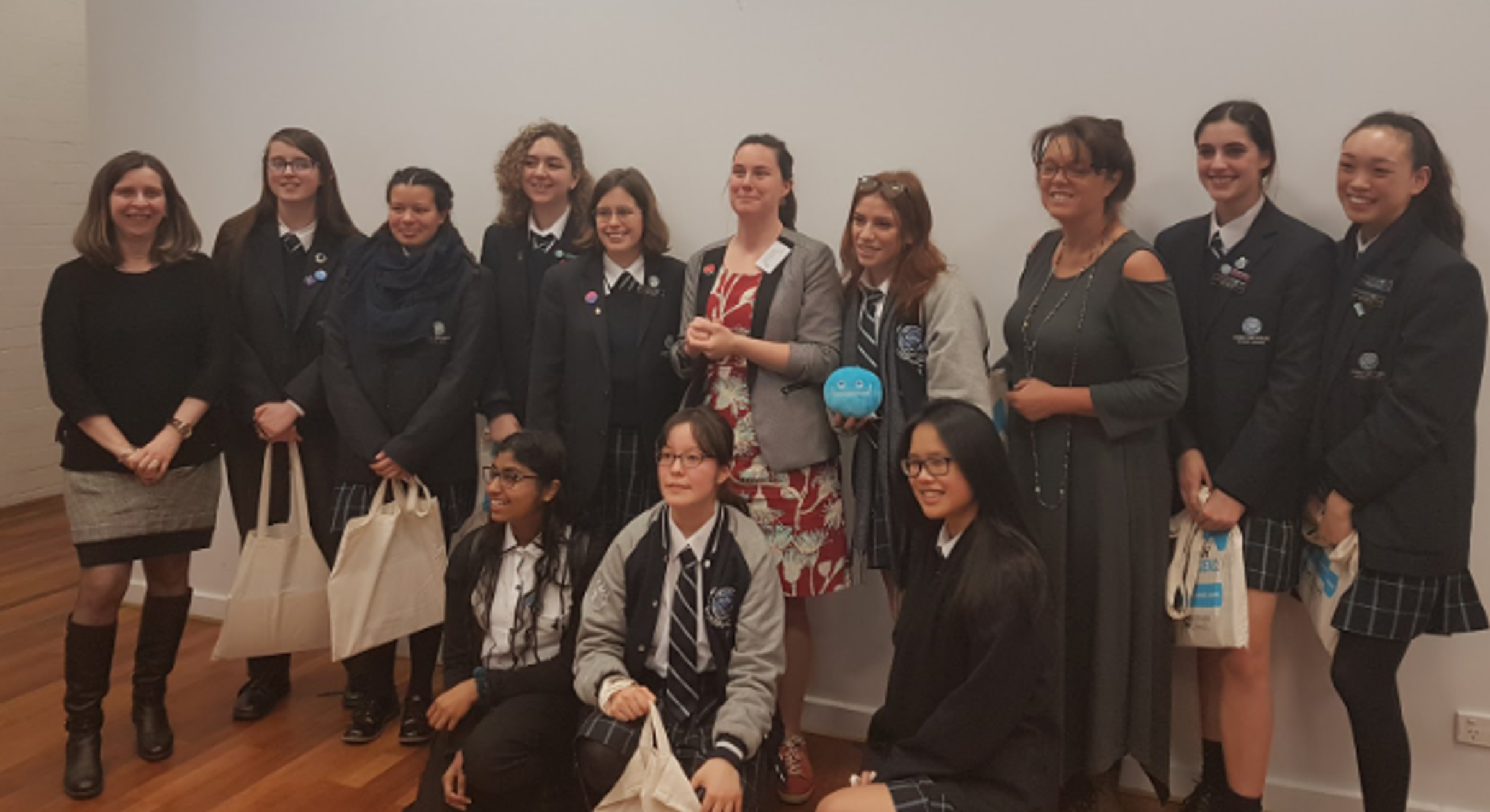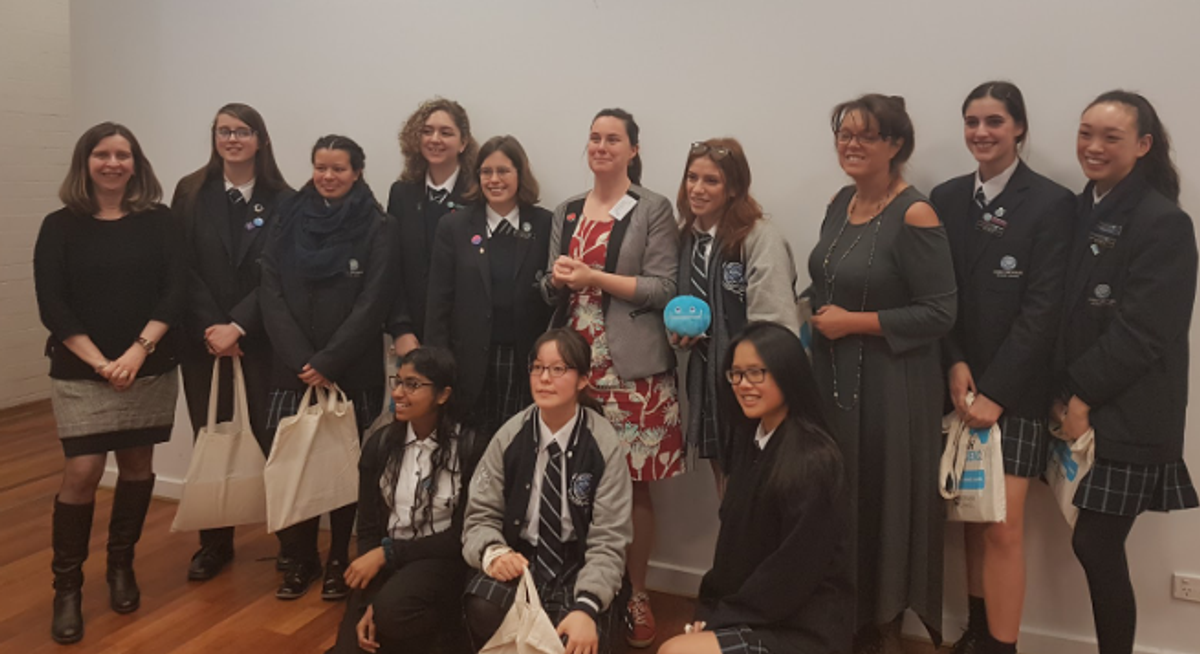Excursions

Girls in Physics Breakfast
On August 28th, 12 students attended the Girls in Physics Breakfast, held at Monash University, accompanied by Ms Grainger and Ms Cvetkovska. The Girls in Physics Breakfast is an event organised by the VicPhysics Teachers’ Network where female students from various schools have the opportunity to breakfast with engineers and scientists at different stages of their careers. The morning consisted of a speech from a leading scientist, various activities and general discussion.
The distinguished speaker was Dr Helen Maynard-Casely, a planetary scientist who is based at the Australian Nuclear Science and Technology Organisation (ANSTO), which is the organisation running the synchrotron near Monash University. She explained how neutrons can help solve some of the major problems which society faces today, surprising as this may seem. Neutron scattering can be used to in a range of research projects, such as investigating how magnetism could be used to transfer information, to improve efficiency in networking, designing sponges to soak up carbon dioxide, studying the membranes of bacteria to design new antibiotics and checking the authenticity of historical artefacts. Dr Maynard-Casely’s research involves simulating the conditions on one of Saturn’s moon, Titan, to work out possible candidates for the materials composing the planet.
Not only were the projects she spoke about mind-blowing, especially for someone like me who thought neutrons were just some little particles, but Dr Maynard-Casely’s speech changed the way many of us perceived a career in research. We often hear that research is a dull field to go into, with days spent on attempting to get grants and looking at the same samples over and over again. Dr Maynard-Casely showed us this is not the case, saying she was constantly undertaking new projects, her enthusiasm highlighting just how rewarding a career in research could be. Her speech also reminded of how collaborative science is; she mentioned over 300 scientists visiting the centre every year. Much of the research Dr Maynard-Casely spoke about was undertaken by her colleagues, showing the interesting projects and people she met through her career.
Another surprise was how the discussion panel talked about seeing where the degree takes you; we can often feel guilty for not having a plan but they suggested it was okay to experiment and find a path as you go. I think seeing so many people in science careers helped us visualise ourselves as scientists and engineers, reinforcing out passion for the STEM subjects. Personally, the breakfast allowed me to feel excited for my future and what I could potentially do. I would definitely recommend girls currently in year 10 and 11 to apply for the breakfast next year (each school is only allowed to take a maximum of 6 students). Finally, I would like to thank Ms Grainger and Ms Cvetkovska for accompanying us, and Ms Grainger for holding one of the workshops just so she could take 12 students.

